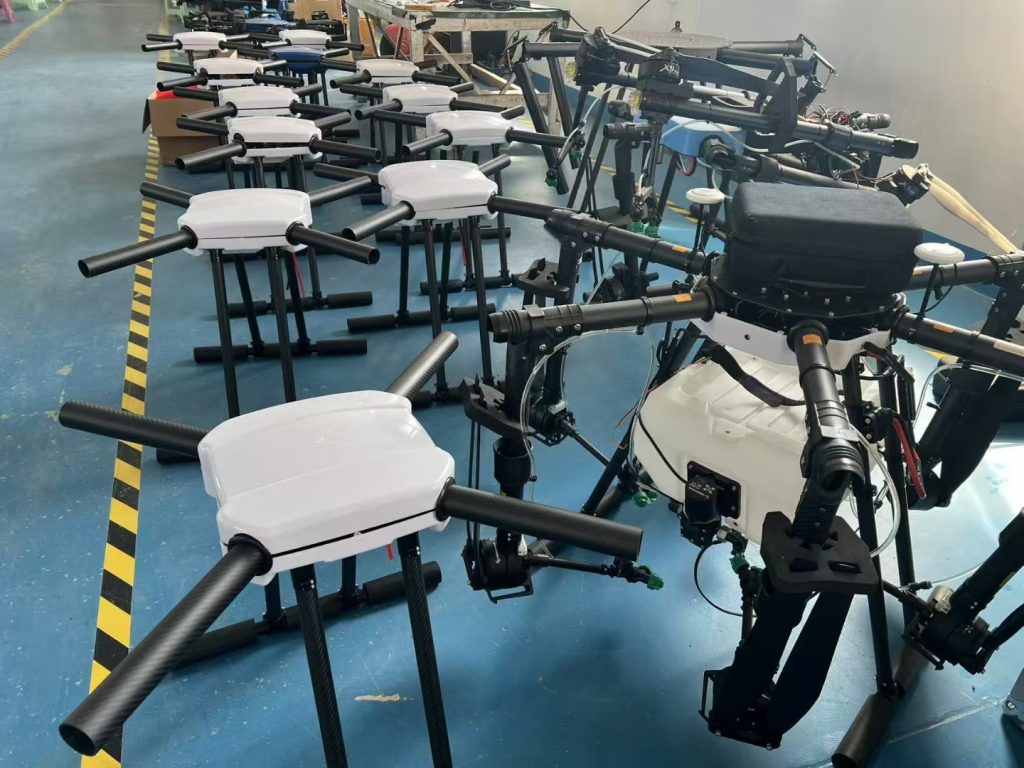
Cambodia, a nation where 22% of GDP and 60% of employment hinge on agriculture, thrives on its fertile plains, monsoon rains, and hardworking farmers. From the rice bowls of the Tonlé Sap Basin to the rubber plantations of Kampong Cham and vegetable farms in Kampot, agriculture is the backbone of rural livelihoods and national food security. Yet, this vital sector faces pressing challenges: a shrinking rural workforce, reliance on manual labor for time-sensitive tasks, and the urgent need to boost productivity amid climate volatility. Enter agricultural drones—a transformative tool, and for Cambodian farmers, cooperatives, and agribusinesses, sourcing advanced drones directly from China’s specialized manufacturers offers a tailored, scalable solution to cultivate efficiency, sustainability, and growth.
Cambodia’s Agricultural Crossroads: Why Drones Matter Now
-
Labor shortages: Urban migration and an aging farmer population (average age: 55) delay critical tasks like pesticide spraying or seedling distribution—especially during peak rice seasons when timing is everything.
-
Resource inefficiency: Manual spraying wastes up to 40% of chemicals, raising costs for smallholders and polluting waterways like the Mekong River, which sustains 60 million people downstream.
-
Climate vulnerability: Erratic rainfall, flash floods, and rising temperatures threaten yields, with droughts in Battambang and floods in Prey Veng causing annual losses of $200 million.
Chinese Agricultural Drones: Engineered for Cambodia’s Fields
1. Tropical Resilience: Built for Heat, Rain, and Humidity
-
Corrosion-resistant frames: Aircraft-grade aluminum alloys and salt-spray-treated casings withstand constant exposure to moisture, ensuring longevity in provinces like Koh Kong and Sihanoukville.
-
Weatherproof operation: IP68-rated motors, sealed sensors, and de-icing technology enable reliable performance during sudden downpours or high humidity—critical for year-round tasks like post-rain pest control.
-
Lightweight portability: Foldable models (under 12kg) are easy to transport via motorbikes or boats to remote villages, where road access is limited.
2. Precision Technology for Higher Yields and Sustainability
-
Smart spraying: Adjustable nozzles and flow rates reduce pesticide/fertilizer use by 35–50% compared to manual methods. For rice farmers in Takeo, this cuts costs by $300/hectare annually while lowering chemical runoff into rice paddies.
-
Multispectral monitoring: Drones capture data on leaf health, soil moisture, and pest outbreaks (e.g., fall armyworm in maize fields). In Kampong Thom’s rice bowls, this enables early intervention, reducing crop losses by 20–25%.
-
RTK GPS accuracy: Centimeter-level positioning ensures uniform coverage in uneven terrain—critical for terraced fields in Battambang or hilly rubber plantations in Mondulkiri.
3. Affordability for Smallholders and Scalability for Cooperatives
-
Budget-friendly models: Entry-level drones (under $10,000) fit the budgets of family farms, democratizing access to tech once reserved for larger operations.
-
Fleet options: Cooperatives or agribusinesses (e.g., vegetable exporters in Kampot) can deploy swarms managed via cloud software, streamlining operations and cutting training time by 50%.
Beyond Hardware: A Partnership for Long-Term Success
-
Localized training: On-farm workshops teach pilots to operate drones, interpret multispectral data, and perform basic maintenance. In partnerships with Cambodia’s Ministry of Agriculture, Forestry, and Fisheries, this has accelerated adoption, with 70% of trained farmers reporting improved efficiency within six months.
-
Rapid support: Regional partners in Phnom Penh and Siem Reap stock spare parts, ensuring replacements arrive within 48 hours—critical during harvest seasons or monsoon disruptions.
-
Cultural alignment: User interfaces are simplified in Khmer, and training materials include local crop examples (rice, cassava, mangoes), ensuring ease of adoption.
Mutual Wins: Strengthening Cambodia’s Food Future
-
Economic resilience: Reduced labor costs and higher yields (trials show 15–25% increases) boost smallholder incomes, supporting rural development and reducing poverty.
-
Environmental stewardship: Precision resource use lowers chemical runoff, protecting the Mekong River and aligning with Cambodia’s “National Biodiversity Strategy.”
-
Climate adaptation: Faster response to weather-induced stress (e.g., post-flood crop recovery) helps farmers mitigate losses, securing food supplies for Cambodia’s 16.5 million people.

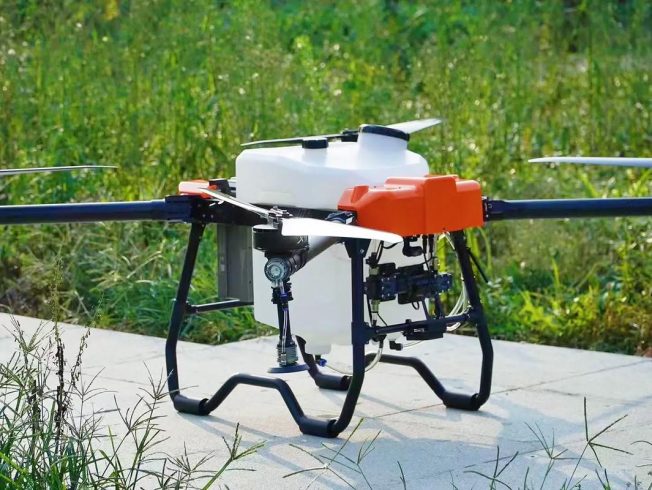
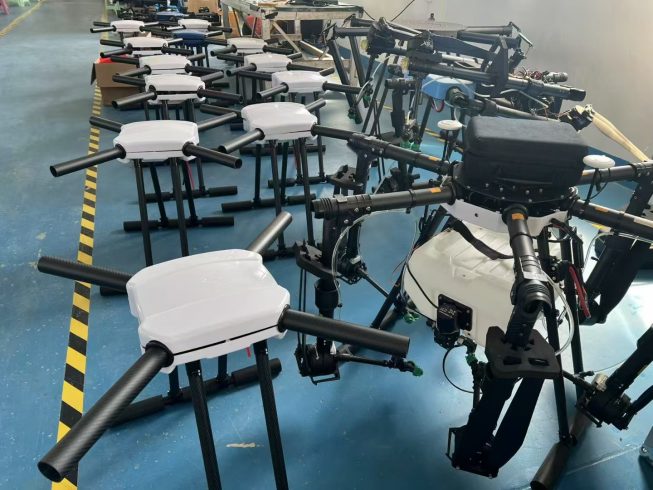
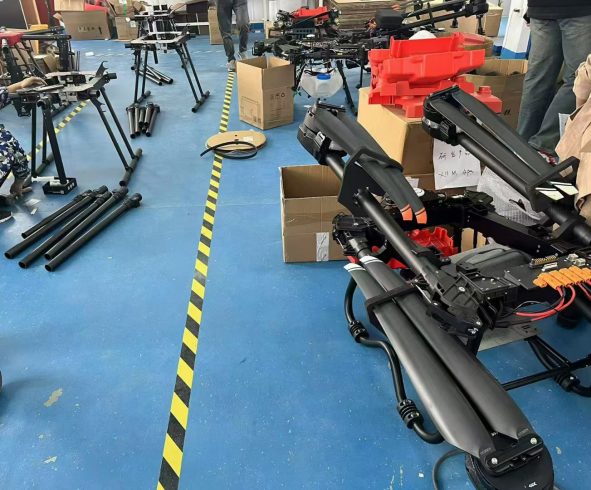
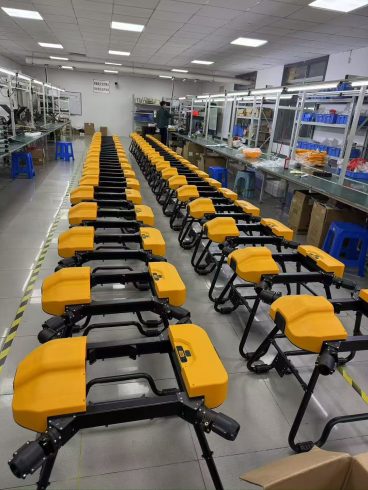



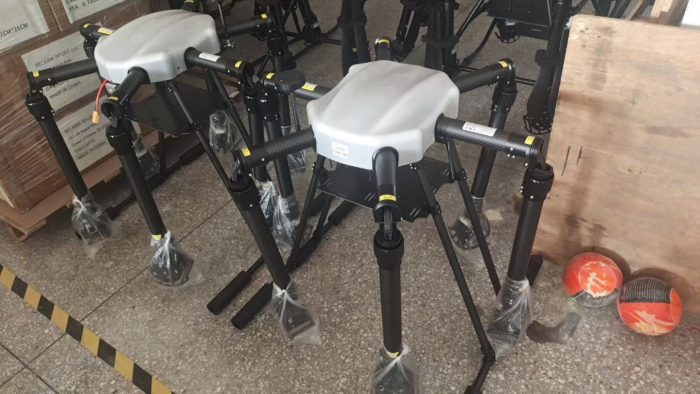
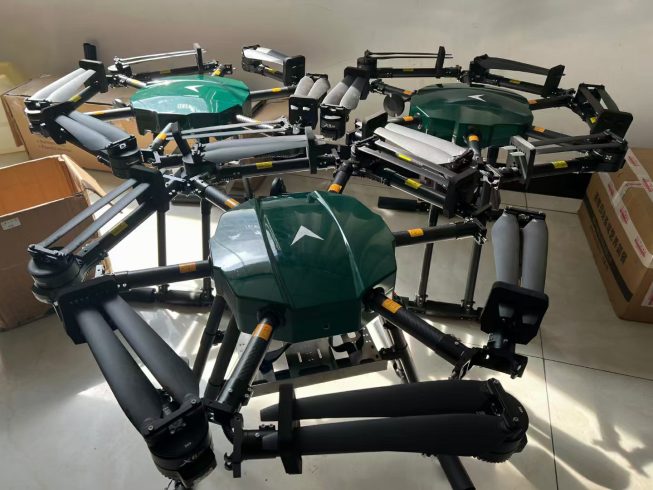
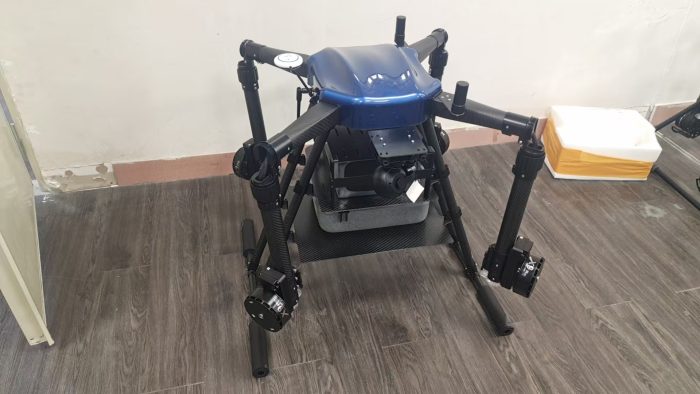

暂无评论内容